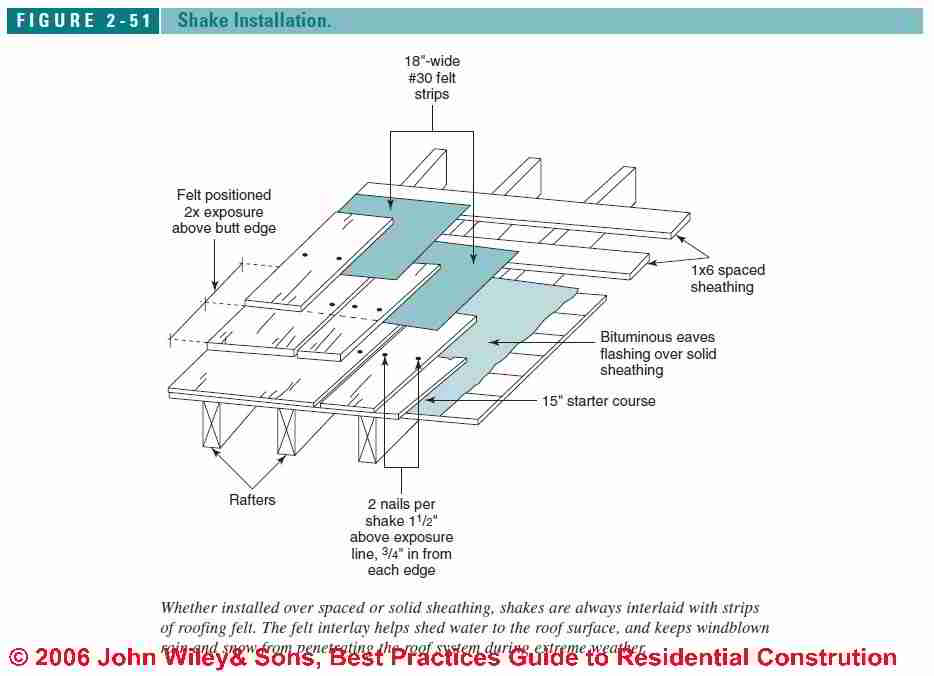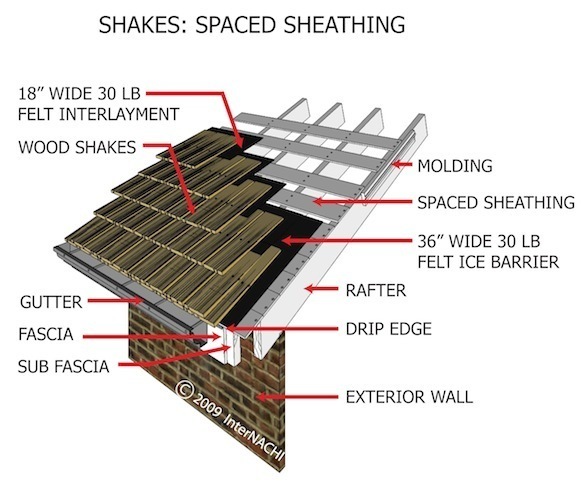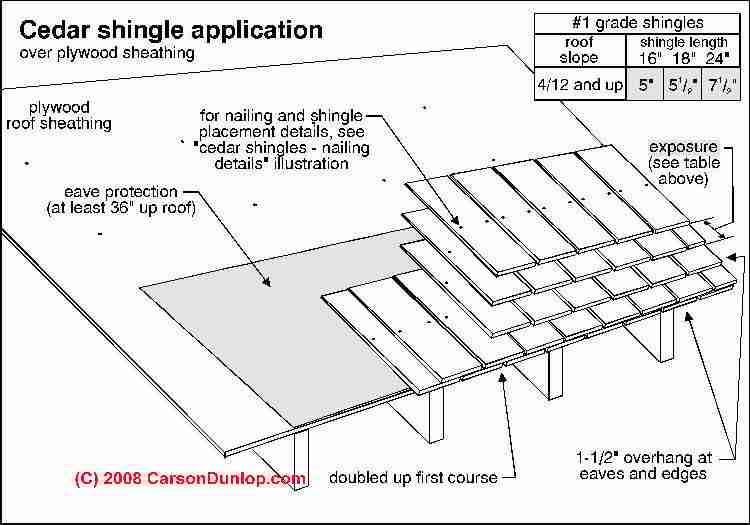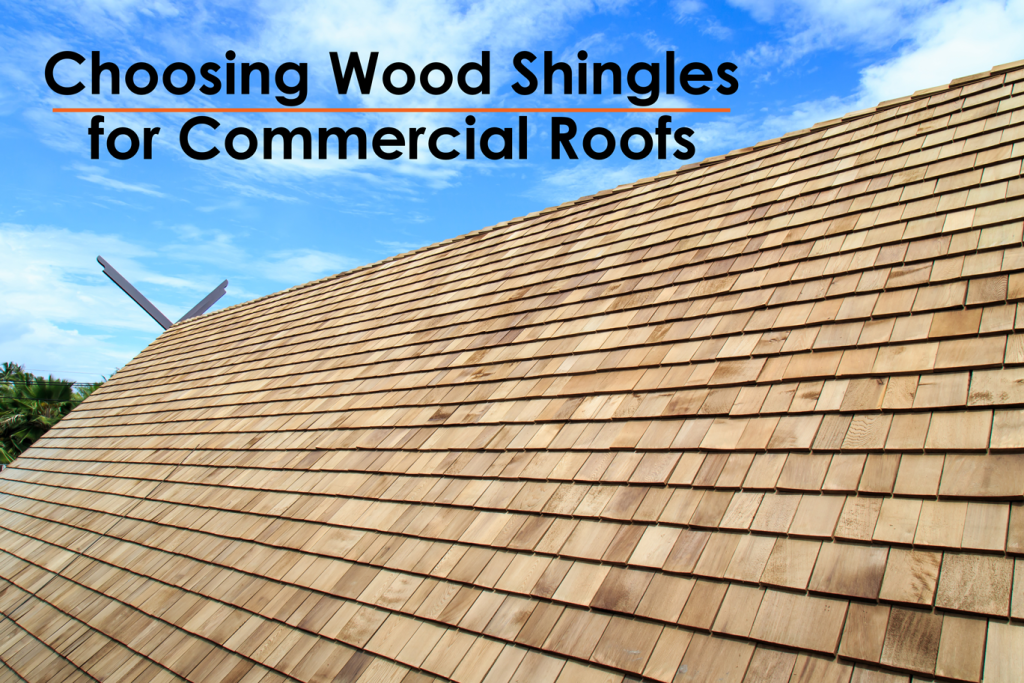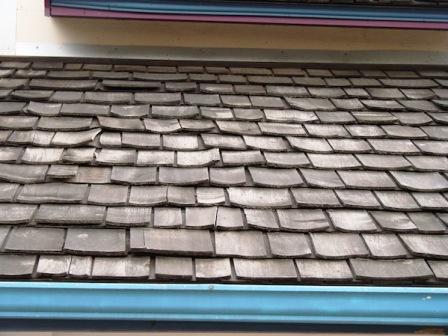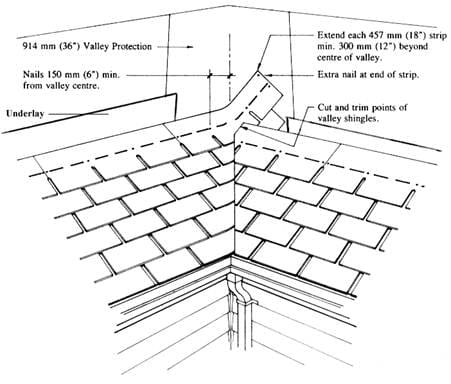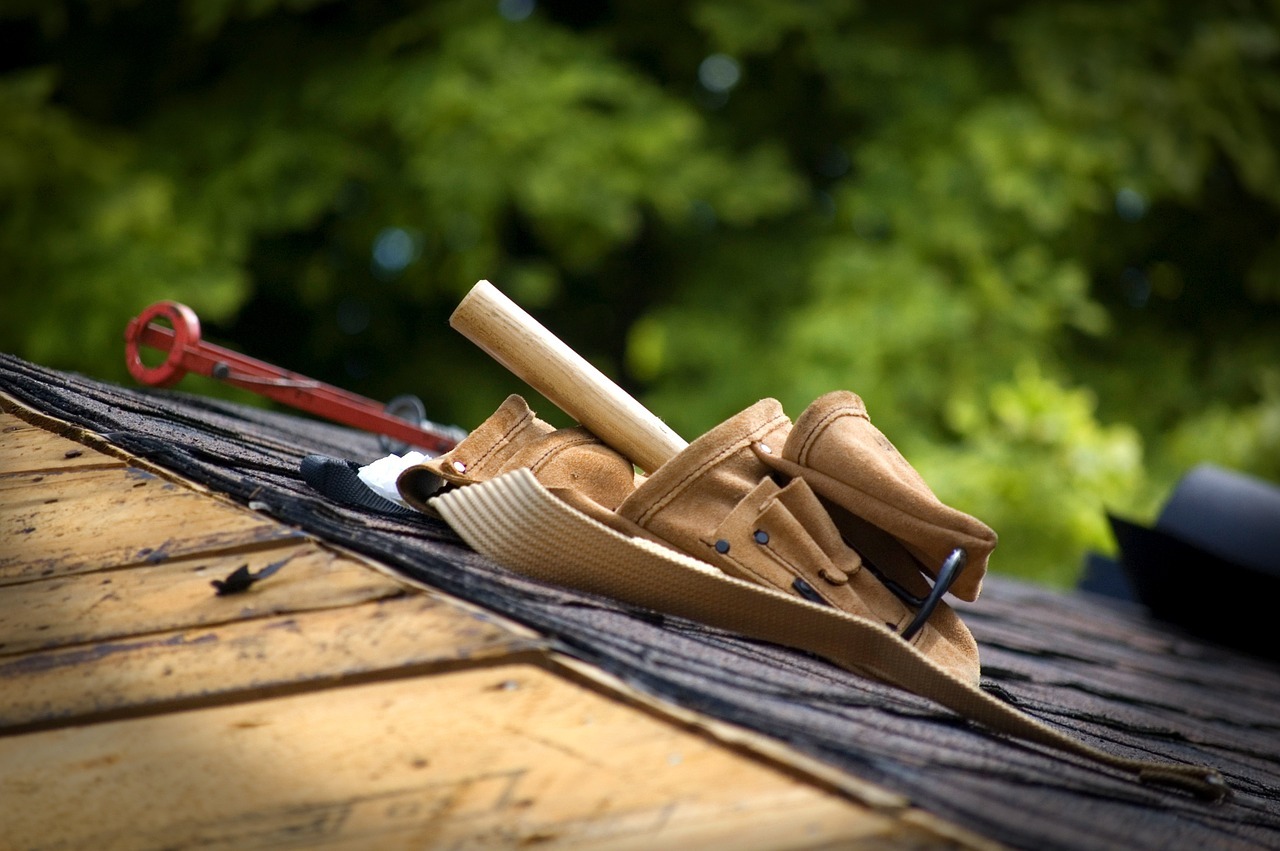Interlayment Is A Roofing Material That Is Installed

The predominant ridge material manufactured today is for a medium slope roof.
Interlayment is a roofing material that is installed. Proper roof installation is achieved through experience and sound construction techniques thorough inspections and compliance with code requirements standards and manufacturer recommendations. Roofing underlayment is a water resistant or waterproof barrier material that is installed directly onto your roof deck. Interlayment is the installation of an underlayment typically felt paper between each course of shingles. From roofing nails exposure spacing and keyways decking and storage to installation fastening snow brackets dormer flashing and valley flashing.
Genuine roof systems offer natural sophistication. It is applied under all other roofing materials as an added layer of protection from severe weather. Always follow the manufacturer s installation instructions. From replacement roofs to new construction our patented roofing system eliminates roughly 40 of materials needed in a traditional installation.
However by using a ridge vent that is pliable and at least 8 wide the material can be installed across the minimum 3 of air space at the ridge to create a shallowing of the slope at the ridge. When considering roofing material the designer should always consider the weight of the underlayment fastening system roof accessories and special hip ridge treatments in addition to the roof. Find out how to best install your next synthetic composite polymer roof. This simple combination of our interlayment system and genuine materials makes for a roof that is easy to install lighter weight and cost effective.
Interlayment is acceptable on a shake roof but never on a wood shingle roof. As with any roofing material considerations for weight must be made. Always install interlayment under slate tile on metals. The most common materials used for roof decks are plywood or oriented strand board osb.
There are three main types of roofing underlayment. This simple combination of our interlayment system and genuine materials makes for a roof that is easy to install lighter weight and cost effective. From replacement roofs to new construction our patented roofing system eliminates roughly 40 of materials needed in a traditional installation. When plywood is used nrca recommends the use of a minimum 15 32 thick or 1 2 inch nominal exterior grade plywood for 16 inch rafter spacings and 5 8 inch nominal thickness for 24 inch rafter spacings.
Genuine roof systems offer natural sophistication. The roof in this photo installed five years ago needs to have all the shingles removed and new shingles installed correctly at the contractor s expense.


